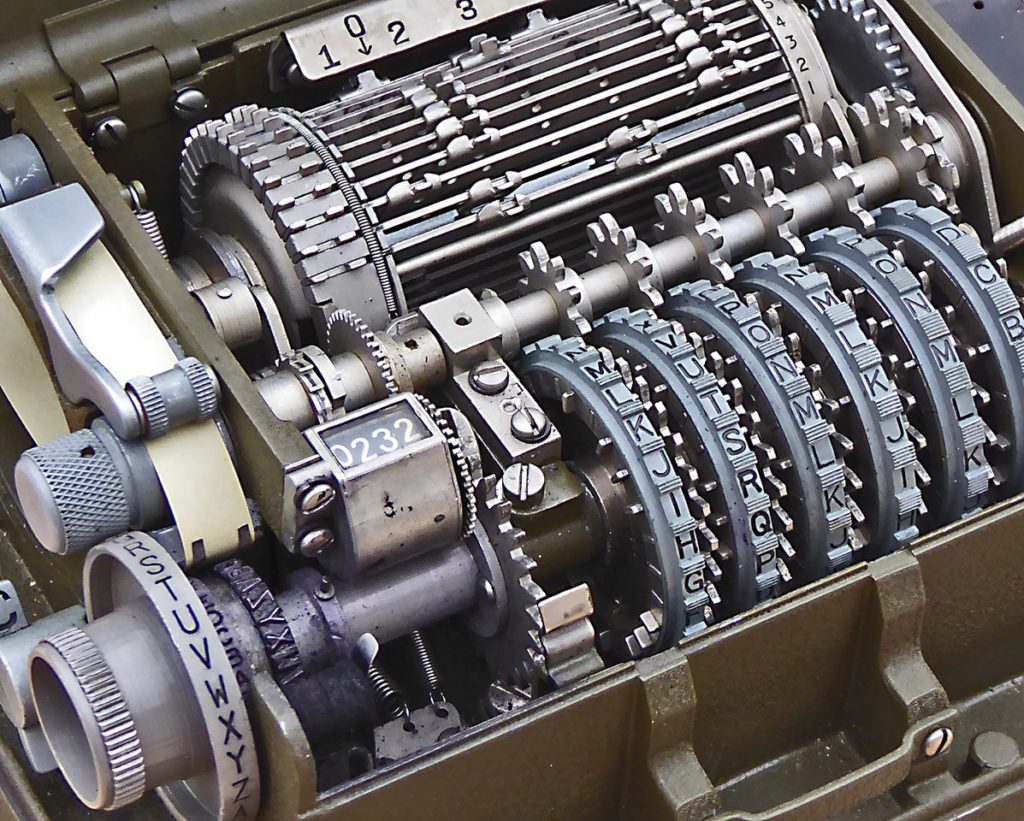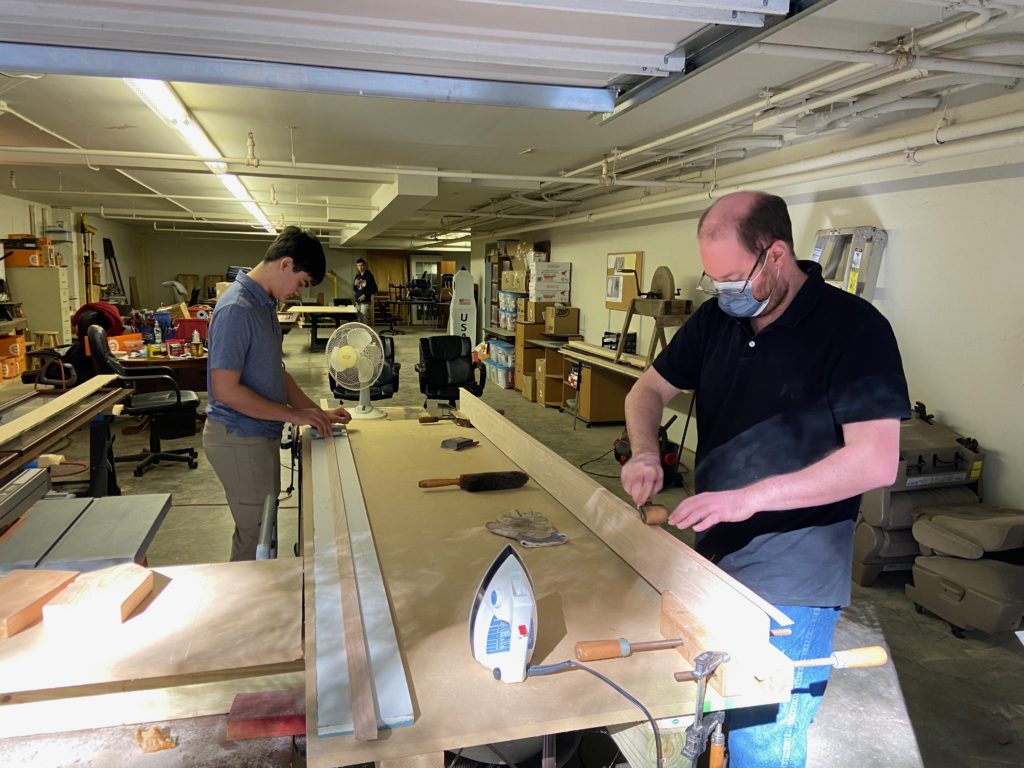Computer Museum of America staff and volunteers are often asked, ‘do you have….’ With roughly 250,000 items in the collection, we have a lot more available than can be placed on the floor. Earlier this year we spotted an underused space in the rotunda area and decided to offer guests a quick look at items that are not yet full exhibits. We call this area the Nook Look.
asked, ‘do you have….’ With roughly 250,000 items in the collection, we have a lot more available than can be placed on the floor. Earlier this year we spotted an underused space in the rotunda area and decided to offer guests a quick look at items that are not yet full exhibits. We call this area the Nook Look.
One item we have been eager to show for some time now is the Jacquard Loom. This beautiful 1850 artifact has teased us all year from the crate it was delivered in to be pulled out and put on display. It is a smaller, functioning loom at 4.5 feet tall, 23 inches wide, and nearly 12 inches deep. It is considered a portable Jacquard Loom.
If you are like many of us, you may wonder how a weaving loom might be considered an exhibit piece in a computing and technology museum. Believe it or not, this loom was programmed to weave certain designs and patterns….using punched cards!
That’s right. Joseph-Marie Jacquard changed the face of weaving (and computing) in 1804 by using punch cards to program complex woven designs that before could only be created by a master weaver. Being able to use unskilled labor to craft such designs drove down the cost of production and brought new and beautiful textiles to people who once before could not afford it.
To use the Jacquard Loom, an artist would first draw the design or pattern on squares of paper. The punches would be made for each row based on these patterns and then the cards were laced together. The loom pushes threads up through the holes to be caught by hooks forming the pattern.
The Jacquard Loom inspired Charles Babbage’s idea for the Analytical Engine designed to use punched cards to feed mathematical numbers into a machine. Ada Lovelace observed, “The Analytical Engine weaves algebraic patterns, just as the Jacquard loom weaves flowers and leaves.” She is credited with writing the first computer program for the Analytical Engine. Unfortunately, Babbage’s machine and Lovelace’s program were not tested for another 100 years. The duo had indeed successfully created a way to program a machine for mathematical purposes.
In addition to this beautiful artifact, CMoA will also display a picture of Mr. Jacquard that was woven on one of his looms with silk thread. The detail is incredibly intricate and from a short distance one might think it is a pencil drawing. This woven silk portrait of the inventor is based on a painting by Claude Bonnefond (1796–1860) that was commissioned by the city of Lyon in 1831.






